Definition
The term in vivo refers to a type of experiment that is carried out within a whole, living organism, such as a plant or animal.
In vivo means “within the living” in Latin, which aptly fits its modern definition.
Overview
In vivo refers to a specific type of experimentation that involves living animals. Living animals are very complex, which provides both benefits and detriments to experimentation. On one hand, in vivo experiments are much more complex than experiments carried out in a test tube – so the results can be less revealing and may inspire more questions instead of providing concrete answers.
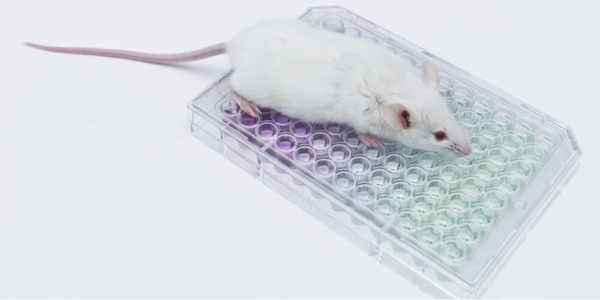
On the other hand, in vivo experiments are a very important part of understanding the complexities of life. Whether it comes to understanding the brain, testing a new drug, or understanding how behavior works, these processes are not possible in a test tube because the level of complexity found in a living animal cannot be replicated easily. While some researchers are working on advanced computer modeling to replace in vivo testing, these models are not yet as robust or complex as a living organism.
In vivo vs. In vitro
So we know that in vivo refers to experiments carried out on a living organism, but what’s the difference between this form of experimentation and in vitro experimentation?
In vitro is pretty much the exact opposite. Instead of complex, living organisms, in vitro experiments refer to techniques that use biological components such as cells or biological molecules and are carried out outside of a living organism, whether that be in a test tube, culture dish, or so on.
Tests using in vitro methods are often used to observe things such as bacterial or animal cells in a more controlled environment, which is one of their main advantages over in vivo testing.
In vitro methods also have other advantages including the fact that they:
- Are usually cheaper
- Can be used for large-scale production
- Reduce the amount of animal testing, which is more ethical
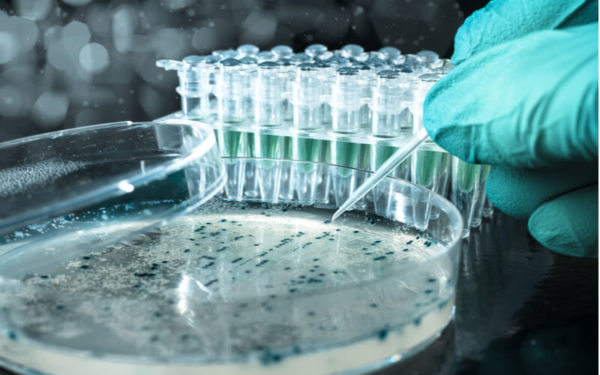
In vivo vs. Ex vivo
The difference between in vivo and ex vivo is simple.
Ex vivo means ‘outside of a living body’ in Latin and refers to methods wherein living tissues are taken directly from a living organism rather than created artificially, and testing is carried out on them with very minimal changes to the tissue’s natural state.
This varies slightly from in vitro, where things such as cells are separated and purified from their natural surroundings and are tested on in very controlled environments.
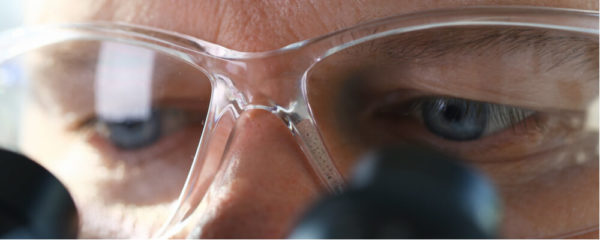
Advantages of in vivo experiments
There are several advantages to using living organisms over in vitro or ex vivo methods. These include:
- Evaluation of the effects of certain substances is more accurate in a complex model
- You can easily view all the side effects that a substance produces in all parts of the body
- The procedure may be easier as fewer variables need to be (or can be) controlled
- They are more clinically relevant
Disadvantages of in vivo experiments
While using in vivo methods in studies has its advantages, every scientific method comes with its own drawbacks. In vivo experimentation is no exception.
Some of the disadvantages of in vivo studies include:
- Whole, living organisms are used, which can prove to be unethical if harm or distress is caused
- It is a lot harder to control every variable, so the results may not be reliable nor applicable to a wider population
- Can sometimes be expensive

Examples of in vivo experiments
In vivo experiments have been around for a long time, and were one of the earliest methods of investigation.
However, even though technology has advanced so much over the past few decades, we still use live animals in experiments very frequently to this day.
Here are some examples:
Clinical trials
In vivo experiments are the best way through which clinical trials are carried out.
First of all, this is because it’s important to test the effects of a particular substance on the body as a whole, rather than in one localized area or on one particular biological process.
These clinical trials help us to see all of the side effects that a certain drug has on other parts of the body, so we can better evaluate how safe and effective it is.
For instance, though a substance may seem to be highly effective during an initial in vitro study, it may not be so effective in an actual animal due to unforeseen factors. For example, the drug might not be absorbed when it passes through the stomach.
This is why it’s very important to carry out an in vivo experiment after an in vitro one – before releasing a drug to the public.
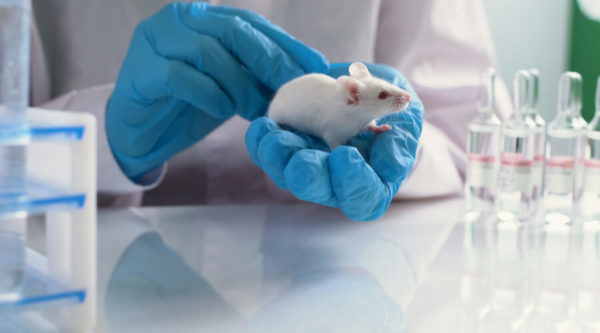
Animal studies
In vivo methods are also used during animal studies, which often come before the clinical trials used on humans.
Animal studies are a useful way of gathering data on the effects of a substance on a living body, without risking human life first.
Things that are often tested on animals include beauty products such as shampoos and soaps, as well as drugs for human consumption.
Some of the most common animals used in animal studies include mice, rabbits, non-human primates, and rats.
For example, non-human primates were used extensively in animal testing to find vaccines for polio, which has since lead to two out of three wild poliovirus strains being pretty much completely eradicated!
On the other hand, other studies have shown that animal testing is not always predictive of human outcomes. In fact, up to 90% of drugs that pass in vivo animal trials fail in subsequent human trials!
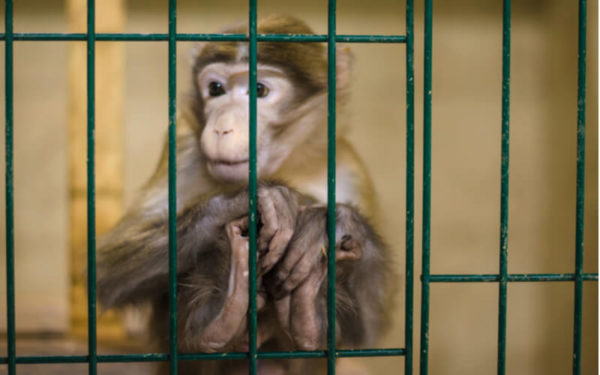
Quiz
